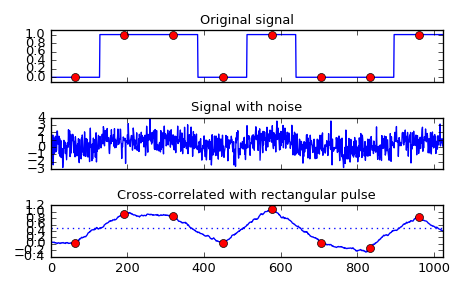

print(K) plt.imshow(K) plt.colorbar() plt.title("Kernel 02") plt.savefig("kernel_02.png", bbox_inches='tight', dpi=100) plt.show()Ģd convolution: f1 = nvolve2d(img, K, boundary='symm', mode='same') plt.imshow(f1) plt.colorbar() plt.title("2D Convolution") plt.savefig("img_01_kernel_02_convolve2d.png", bbox_inches='tight', dpi=100) plt. Warning: during a convolution the kernel is inverted (see discussion here for example scipy convolve2d outputs wrong values).Īnother example of kernel: K = np.zeros((10,10)) K = -1 K = 1. Im trying to use scipys nvolve function to perform a convolution on a 3 dimensional image (RGB, width, height). Note that here the convolution values are positives. a solution is to use 2d: from scipy import signal f1 = nvolve2d(img, K, boundary='symm', mode='same') plt.imshow(f1) plt.colorbar() plt.savefig("img_01_kernel_01_convolve2d.png", bbox_inches='tight', dpi=100) plt.show() Convolve in1 and in2 with output size determined by mode, and boundary conditions determined by boundary and fillvalue. To convolve the above image with a kernel. 2d(in1, in2, mode'full', boundary'fill', fillvalue0) source Convolve two 2-dimensional arrays. Rather than including NaN values in the array in. print(img) plt.imshow(img) plt.colorbar() plt.savefig("img_01.png", bbox_inches='tight', dpi=100) plt.show() I know generally speaking FFT and multiplication is usually faster than direct convolve operation, when the array is. This routine differs from because it includes a special treatment for NaN values. Now lets create a very simple 2D matrix (or image) with numpy img = np.zeros((100,100)) img = 1. If you need the old behavior, use rrelate. Algebraically, convolution is the same operation as multiplying polynomials whose coefficients are the elements of u and v.
SCIPY CONVOLVE HOW TO
How to do a simple 2D convolution between a kernel and an image in python with scipy ? Note that the default is ‘valid’, unlike convolve, which uses ‘full’. The convolution of two vectors, u and v, represents the area of overlap under the points as v slides across u. This can be achieved using the 2d,, or functions in Python. print(K) plt.imshow(K) plt.colorbar() plt.title("Kernel 01") plt.savefig("kernel_01.png", bbox_inches='tight', dpi=100) plt.show() 2D convolution can be used to perform moving average/smoothing, gradient computation/edge detection or the computation of Laplacian (which is the 2nd order derivative) etc.

Lets first create a simple 2D kernel with numpy import numpy as np import matplotlib.pyplot as plt import matplotlib as mpl import seaborn as sns sns.set() K = np.zeros((10,10)) K = 1 K = -1.


 0 kommentar(er)
0 kommentar(er)
